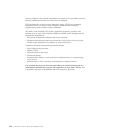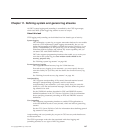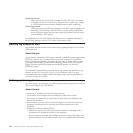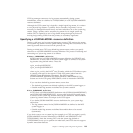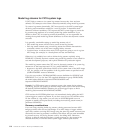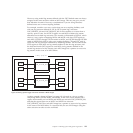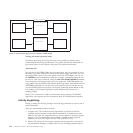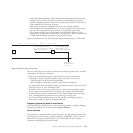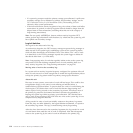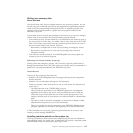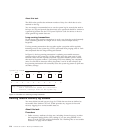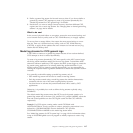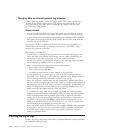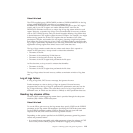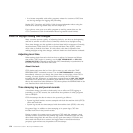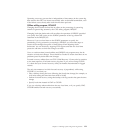v If a system log stream exceeds the primary storage space allocated, it spills onto
secondary storage. (For a definition of primary and secondary storage, see the
CICS Transaction Server for z/OS Installation Guide.) The resulting I/O can
adversely affect system performance.
v If the interval between activity keypoints is long, the volume of data could affect
restart times. In general, an activity keypoint interval should be longer than the
elapsed time of most transactions (excluding those that are in the category of
long-running transactions).
Note: Do not specify AKPFREQ=0, because without activity keypoints CICS
cannot perform log tail deletion until shutdown, by which time the system log will
have spilled onto secondary storage.
Log-tail deletion
The log tail is the oldest end of the log.
At each activity keypoint, the CICS recovery manager requests the log manager to
delete the tail of the system log by establishing a point on the system log before
which all older data blocks can be deleted. Thus, if the oldest “live” unit of work
is in data block x, the CICS log manager requests the system logger to delete all
data blocks older than x (x-1 and older).
Note: Long-running units of work that regularly initiate writes to the system log
can prevent CICS from deleting completed units of work stretching back over
many activity keypoints. See “Long-running transactions” on page 116.
Moving units of work to the secondary log:
In a system with an activity keypoint frequency configured for optimum effect, all
units of work execute in a short enough time to enable the log-tail deletion process
to keep the primary log stream within its primary storage space allocation.
About this task
However, in most systems, some units of work will last longer. This could be due
to application design, or the unit of work suffering an indoubt failure, a
commit-failure or backout-failure. To prevent these few units of work affecting the
whole region, CICS detects that a unit of work has become long-running and
makes copies of its log records on the secondary log stream. This allows more of
the primary log stream to be trimmed and hence increases the probability of
keeping the system log within its primary space allocation. CICS decides that a
unit of work is long-running if the UOW does not write to the system log for two
complete activity keypoint intervals.
All log records for units of work are initially written on the primary log stream.
From this, they are either deleted by the log-tail deletion mechanism, or copied to
the secondary log stream. The copy is made during activity keypointing.
After they have been moved to the secondary logstream, the log records for a unit
of work remain there until the unit of work is completed. Note that subsequent
writes to the system log by the unit of work are directed to the primary log.
114 CICS TS for z/OS 4.1: Recovery and Restart Guide



